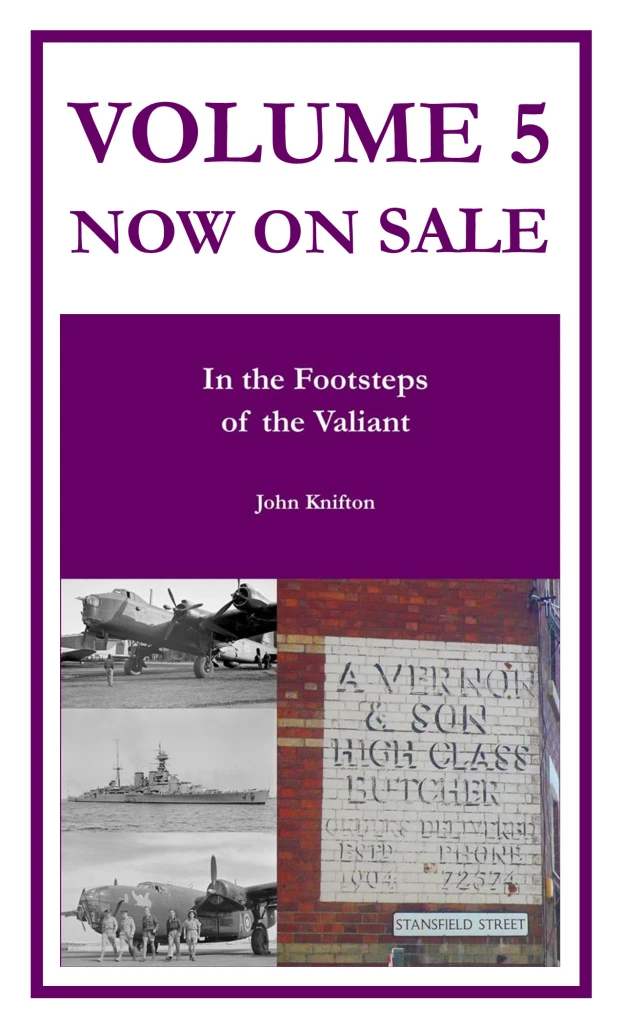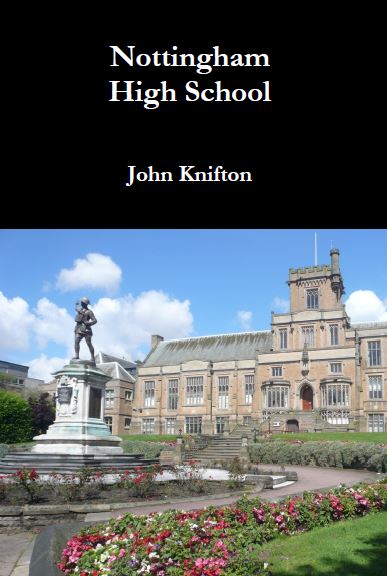Signalling by one group of soldiers to another, or by one ship to another, has gone on for centuries. Signalling flags were used on ships in the time of Admiral Nelson:

And there was always semaphore. As used by the Beatles:

The advent of radio, however, made things a lot more difficult, because when men spoke to each other, interference was a frequent problem. Sometimes words, especially place names, had to be spelt out, and merely giving out a list of letters, such as L-O-N-D-O-N did not always work, especially if the interference was intermittent.
In 1904, British Army signallers started to use a partial spelling alphabet, where only the more problematic letters had their own code word. This produced:
ACK, BEER/BAR, C, D, E, F, G, H, I, J, K, L , EMMA, N,O, PIP, Q, R, ESSES, TOC, U, VIC, W, X, Y, Z
Only seven letters needed! By 1918, the problems of using the 1904 alphabet had added a few words:
CORK, DON. EDDY. INK. JUG. QUAD. TALK
Here’s a war artist’s rendition of a signaller:

Things got better once for the British army when they adapted horse drawn radios:

Overall, it is crucial to have only ONE spelling alphabet, otherwise the situation becomes downright confusing. There used to be different alphabets for:
the 1914 British Post Office with Apple, Brother, Charlie, Dover, Eastern,
the 1917 Royal Navy with Apples, Butter, Charlie, Duff, Edward
the 1918 Western Union with Adams, Boston, Chicago, Denver, Edward
Much more sensibly, during World War II, the US Army and Navy used the same alphabet. It is familiar from so many war films and so many comics:
Able, Baker, Charlie, Dog, Easy, Fox, George, How, Item, Jig, King, Love, Mike,
Nan, Oboe, Peter, Queen, Roger, Sugar, Tare, Uncle, Victor, William, X-ray, Yoke
These men were some of the members of the real “Easy Company” :

What is important here is to have no words whatsoever that sound like any of the others. In this alphabet maybe jig and king, or able and baker, or dog and fox might cause problems.
Here’s the RAF spelling alphabet until 1942:
Apple, Beer, Charlie, Don, Edward, Freddie, George, Harry, Ink, Johnnie, King, London, Monkey,
Nuts, Orange, Pip, Queen, Robert, Sugar, Toc, Uncle Vic, William, Yorker, Zebra
And here’s the RAF alphabet after 1942
Able, Baker, Charlie, Dog, Easy, Fox, George, How, Item, Jig, King, Love, Mike, Nan, Oboe,
Peter, Queen, Roger, Sugar, Tare, Uncle, Victor, William, X-ray, Yoke, Zebra.
Smart people will have noticed how close it is to the US Army and Navy alphabet. How sensible!
In actual fact, the RAF was already using quite a few other alphabets anyway, such as this one noted in 1942-1943 :
Apple, Beer, Charlie, Dog, Edward, Freddy, George, Harry, In, Jug/Johnny, King, Love, Mother,
Nuts, Orange, Peter, Queen, Roger/Robert, Sugar, Tommy, Uncle, Vic, William, X-ray, Yoke/Yorker, Zebra
And there was a further alphabet for the squadron letters on the side of the aircraft in the Dambusting 617 Squadron:
A-Apple, B-Baker, C-Charlie, E-Easy, F-Freddie, G-George, H-Harry, J-Johnny, K-King,
L-Leather, M-Mother, N-Nuts, O-Orange, P-Popsie, S-Sugar, T-Tommy, W-Willie, Y-York, Z-Zebra.
I presume that the missing letters were non-existent aircraft. Here is 617 Squadron and these are B-Baker, G-George and M-Mother:
I wrote a number of blog posts about my wife’s friend, Len, who flew in 617 Squadron, in G-George. His full name was Len Dorricott, and this link will take you to the first of the three posts. If you copy and paste the surname “Dorricott” into “Search”, then finding Blog Posts No 2 and No 3 about Len becomes a doddle.




Thanks for another great story that went on to link the Len Dorricott trio. I have been fortunate to see the G for George in the Museum in Canberra.
You were very lucky. G-George has been really famous in the UK for the best part of 50-60 years. G-George was the Lancaster chosen by Airfix for one of their top selling kits. Over the years, I have made at least two and probably more. Initially, the kit cost 7/6d (37p today). On ebay it’s now £32.
And have a Merry Christmas, by the way!
Thank you John I have enjoyed our communication this year. However I am hoping there will be more about the Fox
It’s interesting how they came up with that. The current NATO/aviation alphabet is similar to the WWII US Army alphabet, but with experience they realized that non-native English speakers had trouble with certain words, so it was changed so that most European language speakers could say the Alphabet without to much practice or language lessons.
and another interesting thing I learned is that the US Army never used the letter J as a designation for a company. In handwriting it’s too easy to confuse an ‘i’ with a ‘j’.
Thanks for that. All of those little snippets were new to me so I’ve learnt something! The best I can offer is that the Soviet armed forces always had only one possibility per number used over the radio. So, if the person heard “46” he knew that they wanted more shells for the mortars because nothing else had the number 46 in its name. No guns, no lorry tyres, nothing.
I always thought that was quite smart, smarter than they bare today!
My next post on the subject will look at other countries’ attempts not to be misunderstood. And Merry Christmas to you and your family.
Interesting, John! Information sharing practices that saved lives.
Indeed. And sadly, probably put an end to a good few more! I prefer semaphore personally. Its potential for confusion, especially on a windy day, is absolutely enormous.
Finally, Merry Christmas to you and your family.
Wishing you and yours the same, John ❤
That is fascinating! I had no idea that it evolved from, and through, several different forms. I had assumed that the current version had been agreed by a committee of some sort. I learned the NATO version when I worked in IT for giving hexadecimal codes by ‘phone. It’s very useful for communicating post-codes over the ‘phone.
A really good piece of rather obscure history John.
I’m glad you enjoyed it.
It certainly is, although every time I’ve tried that there’s always been one that I couldn’t remember! Next time, we try one or two foreign ones, nearly all of which have a completely different approach to communicating letters in difficult surroundings.
And by the way, Happy Christmas, Chris.
It is fascinating and a little confusing to understand the intricacies involved. Thank you for sharing. Happy Christmas to you and your family.
Yes, it is all rather intricate but the alphabet we have now is generally thought to be a very good one.
And Happy Christmas to you and your family, too, Lakshmi.
John, you continue to amaze by the information you share here. Thank you!! A very Merry Christmas to you! xo
I’m glad you enjoyed it, Amy, and I hope you and your family are enjoying a very happy Christmas.
How fascinating John! I didn’t realise there had been so many variations of the same alphabet, and why the aircraft call signs, G-George for example, didn’t match, was also mystery to me.
I agree with you on that one. There seem to have been so many variations for certain letters, and a strange unanimity on others. Next time, we’ll see how the pesky foreigners approached the problem. And it was very different from ours!